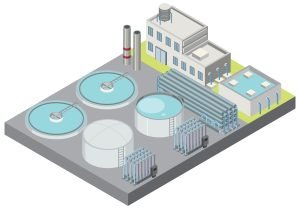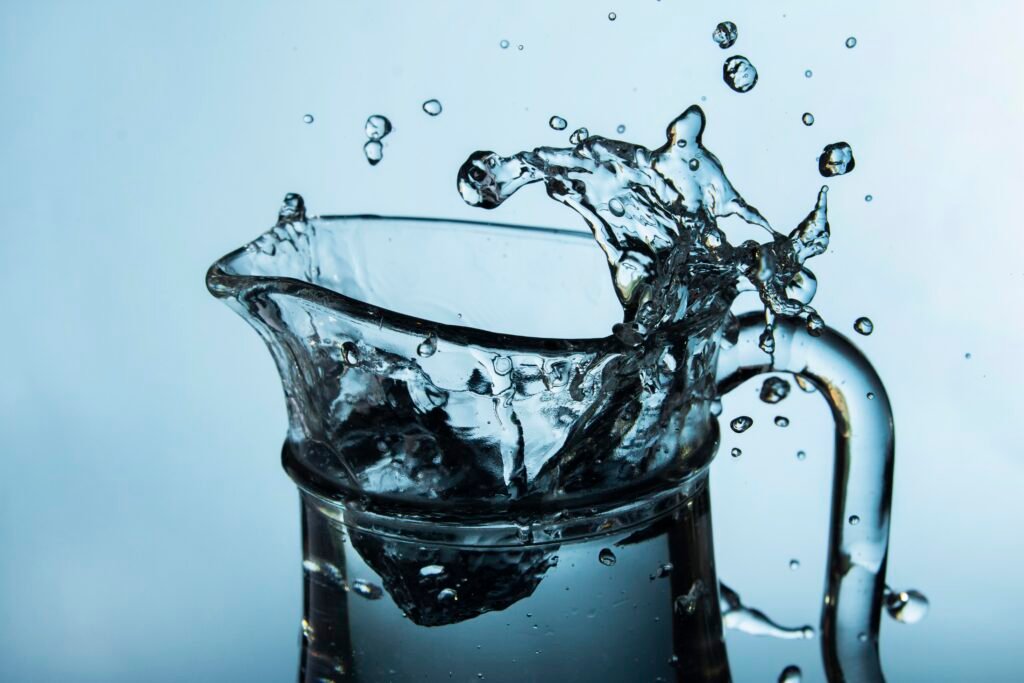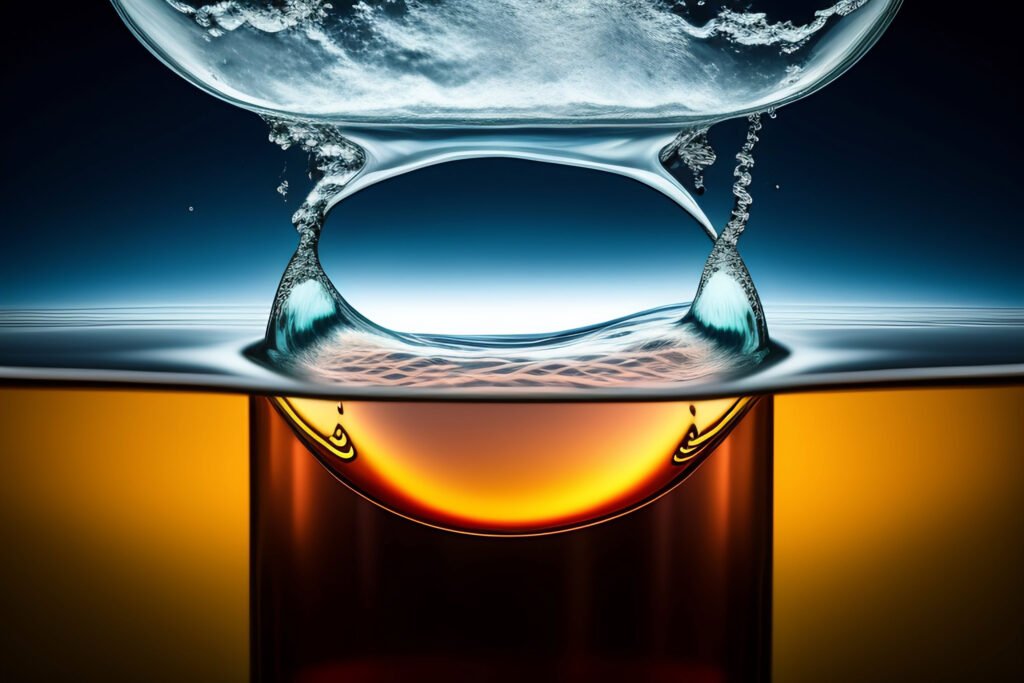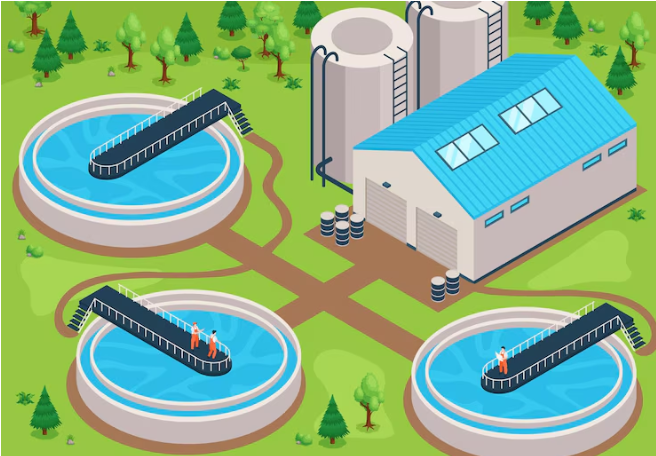Effluent treatment plant | Waste Water Treatment Plant
Explore the role of Effluent Treatment Plants in purifying industrial wastewater for reuse or safe disposal, and learn differences from sewage treatment plants.

One wastewater treatment technology type is the effluent treatment plant or ETP. Its objective is to release safe water into the environment by removing the harmful effects of wastewater and purifying industrial wastewater for reuse.
Depending on the industry, different materials can be found in industrial wastes. Some wastes contain grease and oil, while others contain hazardous substances (such as cyanide).
Degradable organic pollutants can be found in waste from factories that produce food and beverages. Due to the variety of pollutants found in industrial wastewater, special treatment technology called ETP is required.
The ETP plant treats wastewater from various industrial sectors including chemicals, pharmaceuticals, dyes, refineries, dairy, ready-mix plants, and textiles using various physical, chemical, biological, and membrane processes.
ETP benefits include:
- Cleaning and recycling industrial waste for future use
- To reduce the amount of freshwater used by industries
- Protecting the ecosystem from pollution
- Comply with government pollution emission standards and avoid facing serious penalties
- Reducing the cost of purchasing water
Process of Industrial Effluent Treatment:
Industrial Effluent Treatment Process:
The type of effluent determines how it will be treated differently. Before wastewater is released into the environment, it first enters a waste treatment plant or sewage treatment plant and goes through several processes. The process of an industrial waste treatment plant includes the following steps:
a. Preliminary Treatment:
The goal is the physical separation of large-sized contaminants. For example, wooden logs, cloth, paper, and plastic. This step or process includes
Sedimentation:
This physical water treatment method uses gravity to remove suspended solids from water.
Grit Chamber:
Sand, gravel, and broken pieces of metal are among the dense inorganic solids removed from the sewer by the wastewater entering the grit chamber. Removing grit helps prevent pump damage and operational problems.
Clarifiers:
These are mechanically operated tanks designed to continuously remove sediment-deposited solids before biological treatment.
b. Primary Treatment:
Its goal is to remove organic matter and suspended solids as well as other floating and settling materials. Both chemical and physical techniques are used in this treatment. These are:
Flocculation:
The physical process of flocculation does not involve the neutralization of charge. To make it easier to separate the volatile particles from water, they are clumped together into larger aggregates.
Coagulation:
A process in which a coagulant is added to a liquid to help small solid particles settle faster into a larger mass. This allows filtration and sedimentation-based particle removal.
Neutralization:
The primary goal of this process is to support the maintenance of a pH range of 6 to 9, which is necessary to meet the demands of the various processing units in the ETP system.
Primary Clarifiers:
They contain devices that are used to remove floating solids and grease from the surface and to slow the velocity of the water to the point where organic solids will settle to the bottom of the tank.
c. Secondary or Biological Treatment:
The purpose of this treatment is to remove suspended solids and residual organic matter from the primary treated effluent. The processes involved in this stage are chemical and biological.
Activated Sludge Process:
It uses a biological floc composed of bacteria and air to treat industrial wastewater.
Aerated Lagoons:
Is the treatment pond equipped with artificial aeration to encourage the biological oxidation of wastewater?
Trickling Filters:
Sprinkling filters, also called trickling filters, are often used to biologically treat industrial wastewater and domestic sewage.
Rotating Biological Contactor:
Before treating wastewater and releasing it into the environment, it is necessary to let it interact with a biological medium to eliminate any pollutants.
d. Tertiary/advanced/disinfection treatment:
Tertiary treatment serves as the final step in the treatment process to bring the waste quality to the required level, before being recycled, reused, or released into the environment.
Chemical Coagulation and Sedimentation:
It is used to remove solids from effluents after primary and secondary treatment.
Filtration:
To guarantee high-quality water, the clarified wastewater is first run through a nearby filtration plant, which consists of large filter blocks.
Reverse Osmosis:
This method involves using pressure to push flow through a membrane that contains contaminants on one side and clean water on the other.
UV Disinfection:
It is considered the best disinfectant for use with industrial wastewater. It does not leave any disinfectant in the water, guaranteeing water quality. There are no disinfection by-products produced by it.
Effluent Treatment Plant Design:
The quantity and quality of wastewater released by various industries, as well as the availability of land, determine the design of the ETP. If there is a shortage of land in your industry then Common Effluent Treatment Plants (CETP) are preferred over Effluent Treatment Plants (ETP).
WHAT IS WASTEWATER?
The water that has been used needs to be treated to prevent further pollution of water sources before it is discharged into another water body. There are many sources of wastewater. Wastewater is everything you flush down the drain or flush with the toilet.
Runoff and rainfall carry a variety of pollutants into street drains, where they eventually reach wastewater treatment plants. In addition, industrial and agricultural processes can generate wastewater.
Some wastewaters are more challenging to treat than others. For example, treating industrial wastewater can be challenging, but treating domestic wastewater is generally easier, even though it results in increased concentrations of drugs and personal care items. It is becoming difficult.
For more information on emerging contaminants see the Emerging Contaminants fact sheet or the article “Everyday chemicals in water, Ontario told” from The Canadian Press.
Types of wastewater
Wastewater can be divided into two major groups:
Waste water used in residential environments is called sewage water. (e.g. originating from toilets, showers, or sinks).
Sewage water is not chemically identical to industrial wastewater, which comes from production, industrial, and commercial activities.
We can classify municipal wastewater coming from municipalities in general terms. The amount of sewage water, industrial wastewater, and absorbed rainfall entering public sewers varies.
How is the process of treating municipal wastewater?
Step-by-step guide:
- First, the wastewater is pumped by gravity into a car-sized main sewer system and discharged into the WWTP. Things you would never believe, like mattresses, refrigerators, tree branches, and purses that thieves threw away to destroy evidence, make their way into WWTPs.
- Initial treatment, or even better pre-treatment, is the term for the first mechanical step.
Remove dirt from the water, the water passes through a gravel chamber. The gravel is then thrown into the landfill. The water then reaches the bar screen, which is used to filter out larger items from the wastewater.
Coarse screens are used first, followed by fine screens, which are used to filter out small objects such as cigarette butts, matches, and undigested food.
- After removing larger items, dirt needs to be removed from the wastewater. The grit chamber, like the gravel chamber, allows grit to settle.
The grit is then taken out of the tank and dumped at a dump. Due to their high levels of contamination, neither grit nor gravel can be recycled.
- The wastewater flows into what is known as “pre-settling basins” or, to use the technical term, into primary settlement tanks during the following sedimentation stage, known as primary treatment.
Water is pushed in the direction of the lower hopper of the tank. The hopper arm travels around the edge of the tank at a speed of 4 cm/s.
Particles with sedimentation velocity greater than the flow velocity settle at the bottom of the tank as the treated water moves toward the sides of the tank.
At this point, secondary wastewater treatment begins, and primary pre-treatment ends. After primary treatment, the level of wastewater pollution falls by 60%.
- The biological phase, also known as secondary treatment, is based on biological processes. Bacteria are used in WWTPs to break down pollutants, especially carbon, phosphorus, and biodegradable organic matter.
Sludge is then made from dead bacteria and organic waste.
- During the biological phase the surplus sludge, or surplus bacteria, is pumped to the front of the disposal tanks. The sludge settles in these areas before being transported to digestion tanks for additional processing.
- Sludge pumped from the disposal tanks is mixed and heated in the digestion tanks. Subsequently, digestion of the sludge produces biogas, which the WWTP can reuse to produce thermal and electrical energy, among other things.
- The second stage of sludge digestion takes place in storage tanks after the ideal level is reached. In this case, the semi-solid residue is mechanically separated from the water, while the water is drained from the semi-solid sludge and returned for additional treatment.
- Finally, the best digestible and dewatered sludge is dumped into the dump. After about a month the mud dries sufficiently and becomes ripe. If it meets agricultural standards it can be used again to fertilize industrial crops.
- Intensive testing of service water is the final step in wastewater treatment. The purpose of this inspection is to determine the degree of contamination and confirm that the treated water meets all requirements before it is released or re-used for commercial or residential purposes.
Wastewater treatment is undoubtedly a challenging process with a noble objective that requires the labor of skilled professionals.
What is an effluent treatment & wastewater treatment plant?
Why is the ETP plant required? Most businesses in various industries use effluent treatment plants or ETPs to purify water and eliminate any chemicals or hazardous materials from it.
This allows the water to be recycled or released into the environment with minimal negative environmental impact.
What is the difference between a water treatment plant and an effluent treatment plant?
To maintain public health and environmental sustainability, wastewater management is essential. In this regard, two essential elements that help purify the wastewater before releasing it into the environment are sewage treatment plants (STP) and effluent treatment plants (ETP).
Although wastewater treatment is a shared function of both STPs and ETPs, the sources and types of effluents they handle differ, and each has unique properties and treatment methods.
We examine the specifics of STP and ETP technologies in this article, emphasizing their differences and importance to wastewater treatment.



